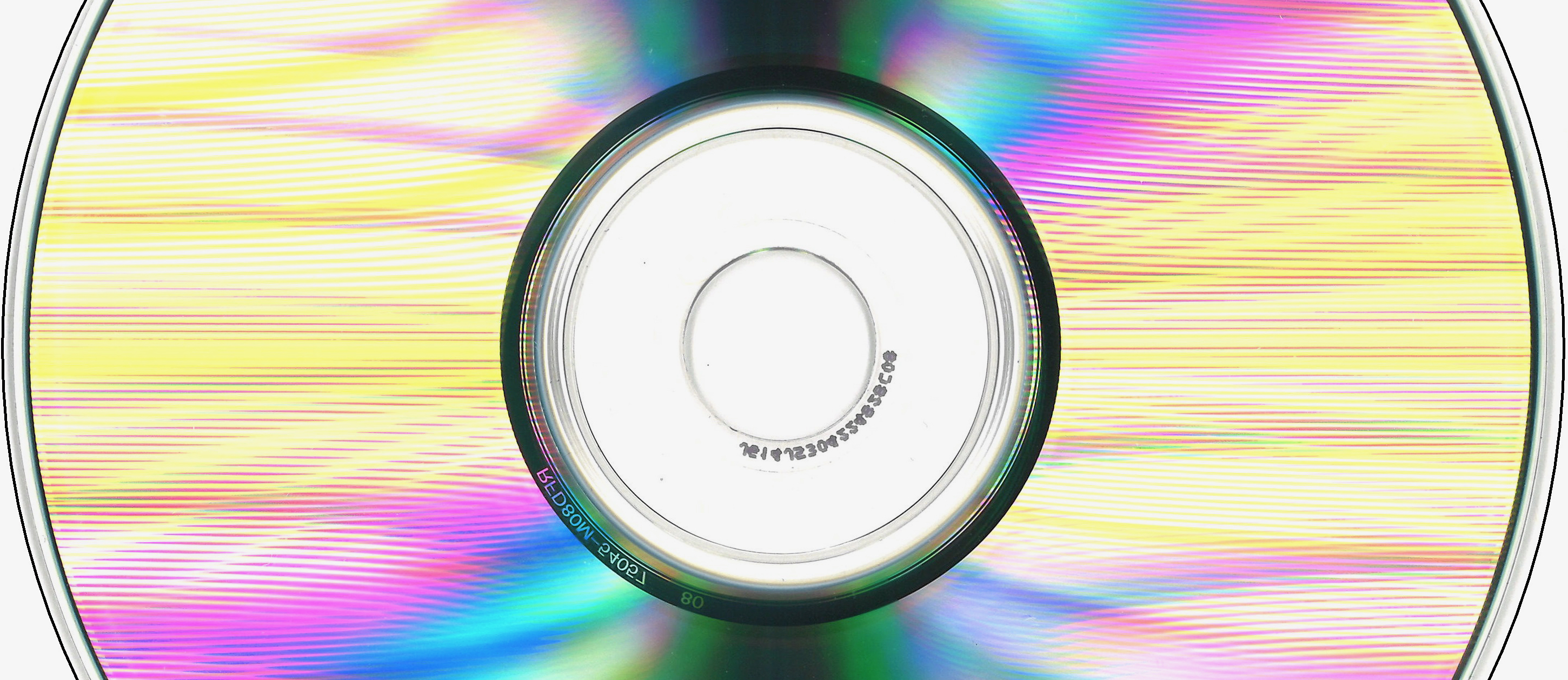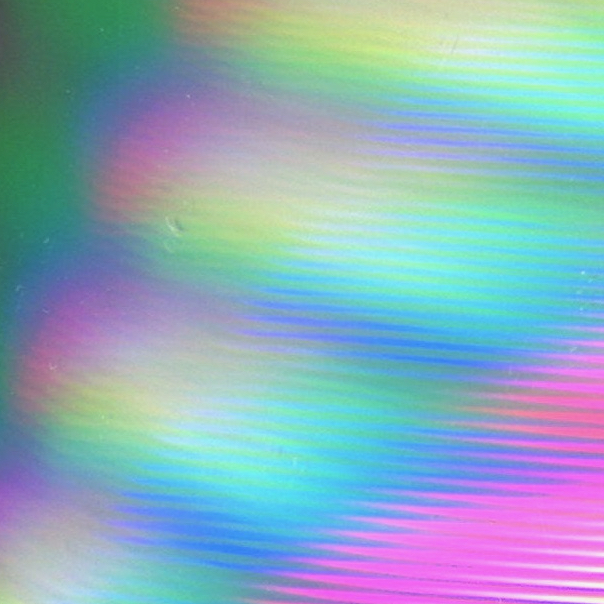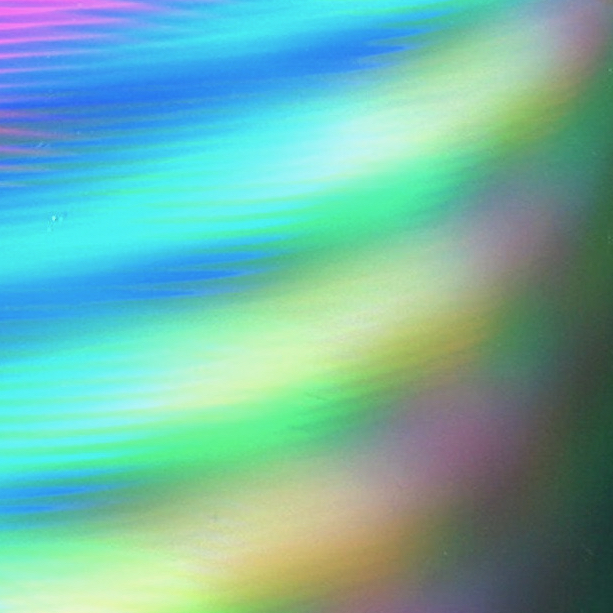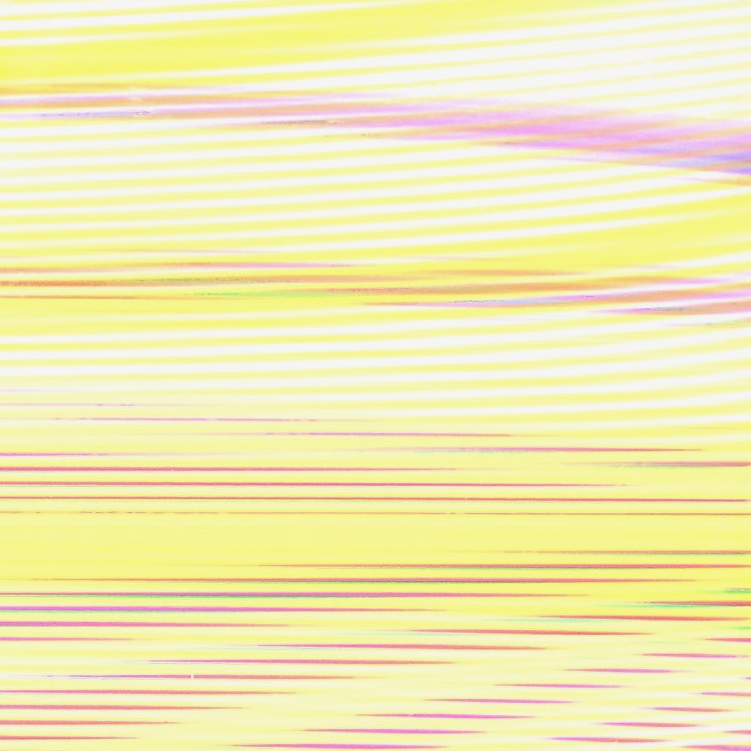Die CD-ROM galt bei ihrer Einführung als das digitale Medium der Zukunft. Mit 650 MB war ihre Speicherkapazität für damalige Verhältnisse äußert hoch. Zudem war sie preisgünstig zu produzieren sowie leicht zu transportieren und zu vertreiben. Damit erschien sie auch für Künstler*innen attraktiv, die daran interessiert waren, die Möglichkeiten digitaler Interaktivität in einem kleinen Format auszuloten. In den CD- und DVD-ROM-Arbeiten Chris Markers, Michael Snows und Thierry Kuntzels verbindet sich das mit einem thematischen Fokus auf (Werk-)Archiv, Gedächtnis und Erinnern. Untersucht wird, welche Konzeptionen des Digitalen dabei insbesondere bildlich zutage treten.
Following its launch, the CD-ROM was hailed as the digital medium of the future. By the standards of the time its storage capacity, amounting to 650 MB, was deemed extremely high. Moreover, production costs were quite low and it was easy to transport and distribute. This made it attractive to artists who were interested in exploring the possibilities of digital interactivity in a small format. In the CD- and DVD-ROM works of Chris Marker, Michael Snow, and Thierry Kuntzel this is linked with a thematic focus on the (artist’s) archive, memory, and recollection. The project is aimed at analyzing how the digital is conceptualized within this framework and particularly how these conceptions manifest themselves in images.
Team
.png) |
Dr. Barbara Filser, Projektleitung / principal investigator |
.png) |
Natalja Traboulsi-Wegner, studentische Hilfskraft / student assistant |
Förderung
Eigene Stelle, DFG-Schwerpunktprogramm „Das digitale Bild“ unter der Leitung von Prof. Dr. Hubertus Kohle, Ludwig-Maximilians-Universität München, und Prof. Dr. Hubert Locher, Philipps-Universität Marburg / Deutsches Dokumentationszentrum für Kunstgeschichte – Bildarchiv Foto Marburg
Finanzierung

Laufzeit
01.04.2023 bis 31.03.2026




